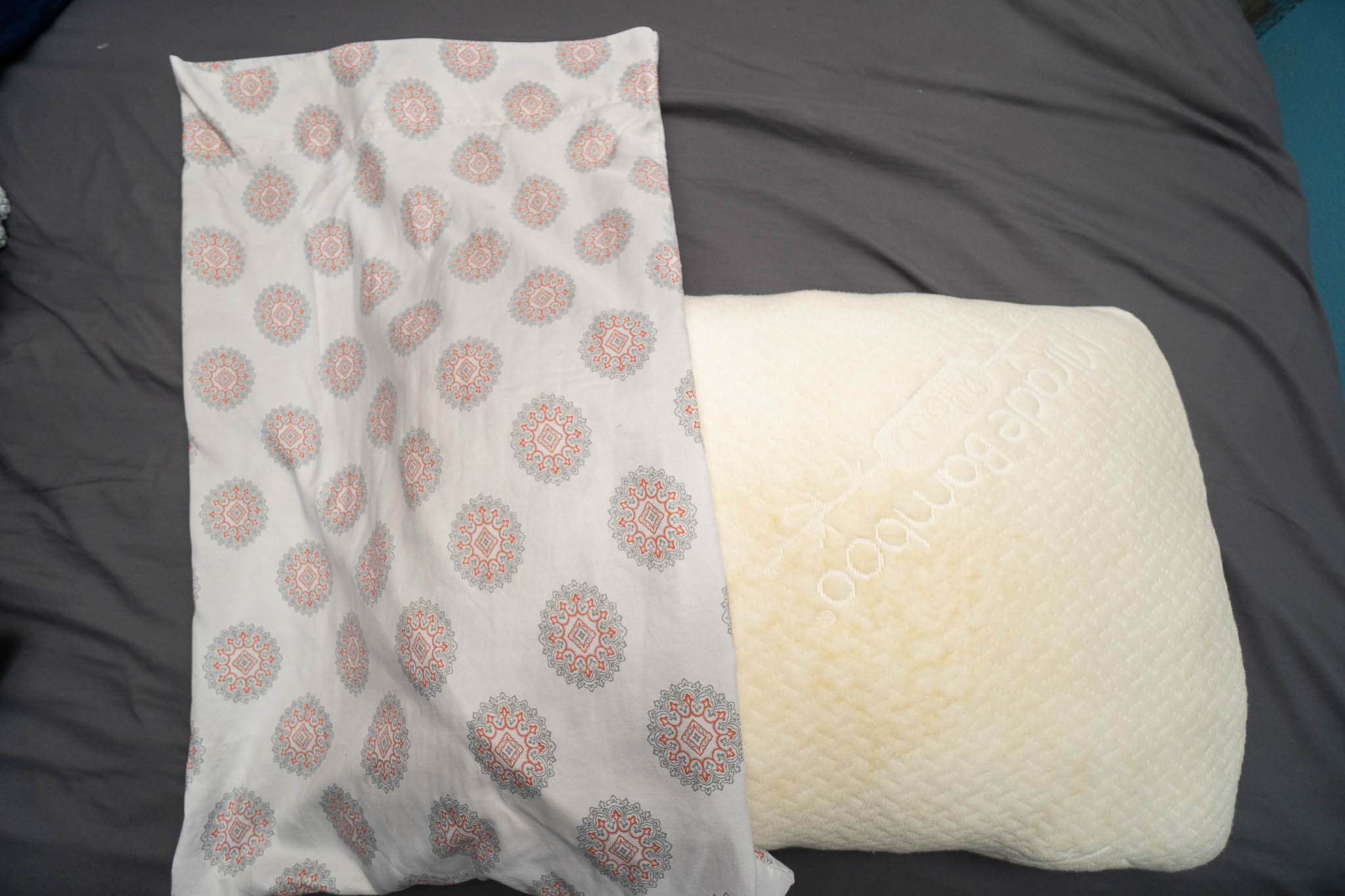

Articles
How To Get Oil Out Of A Pillowcase
Modified: August 20, 2024
Learn how to effectively remove oil stains from your pillowcase with these informative articles.
(Many of the links in this article redirect to a specific reviewed product. Your purchase of these products through affiliate links helps to generate commission for Storables.com, at no extra cost. Learn more)
Introduction
Oil stains on a pillowcase can be a frustrating and unsightly problem. Whether it’s from a late-night snack mishap or accidental contact with oily hair, getting oil out of a pillowcase may seem like a daunting task. However, with the right methods and a little bit of patience, you can successfully remove those stubborn oil stains and restore your pillowcase to its original clean and fresh condition.
In this article, we will explore ten effective methods for removing oil stains from a pillowcase. From common household items to specialized products, these methods offer a range of options to suit different preferences and availability of ingredients. So let’s dive in and discover the solutions that will help you say goodbye to those pesky oil stains once and for all.
Key Takeaways:
- Say goodbye to pesky oil stains on your pillowcase with these 10 effective methods, from using household items like dish soap and baby powder to specialized products like WD-40 and glycerin.
- Act quickly, choose the right method, and follow the instructions carefully to successfully remove oil stains and restore your pillowcases to their clean and fresh condition.
Read more: How To Get Motor Oil Out Of A Carpet
Method 1: Using Dish Soap
Dish soap is a versatile and effective cleaning agent that can also help remove oil stains from a pillowcase. Follow these steps to use dish soap to tackle the oil stain:
- Start by blotting the oil stain gently with a clean cloth or paper towel. This will help absorb any excess oil.
- Next, dampen the stained area with some warm water. Be careful not to soak the entire pillowcase.
- Squeeze a small amount of dish soap onto the stained area. Avoid using too much soap as it may leave a residue.
- Gently scrub the stained area using a soft brush or your fingertips. Work the soap into the fabric using circular motions.
- Leave the dish soap on the stain for about 10-15 minutes to allow it to penetrate and break down the oil.
- Rinse the pillowcase under cold water to remove the soap and oil residue.
- Check the stain after rinsing. If it’s still visible, repeat the process or move on to the next method.
- Finally, launder the pillowcase as usual, following the care instructions on the label.
Using dish soap is a cost-effective and readily available method to remove oil stains. It’s important to remember to act quickly when treating oil stains to prevent them from setting into the fabric. The gentle scrubbing and rinsing process will help lift the oil from the pillowcase, leaving it clean and fresh once again.
Method 2: Applying Rubbing Alcohol
Rubbing alcohol is another effective solution for removing oil stains from a pillowcase. Here’s how you can use it:
- Begin by blotting the oil stain with a clean cloth or paper towel to absorb any excess oil.
- Dampen a cotton ball or a clean cloth with rubbing alcohol.
- Gently dab the stained area with the alcohol-soaked cotton ball, starting from the outer edges and moving towards the center.
- Continue dabbing until the oil stain is fully saturated with rubbing alcohol.
- Allow the rubbing alcohol to sit on the stain for about 10 minutes, allowing it to penetrate and break down the oil.
- After the designated time, rinse the pillowcase under cold water to remove the rubbing alcohol and oil residue.
- If the stain persists, repeat the process or move on to another method.
- Finally, wash the pillowcase as per the care instructions provided, using detergent and the recommended water temperature.
Rubbing alcohol is highly effective in breaking down oil stains and can be used on various types of fabrics. However, it’s essential to spot test a small, inconspicuous area of the pillowcase before applying rubbing alcohol to ensure it won’t cause any discoloration or damage to the fabric. Additionally, always take proper precautions when working with rubbing alcohol, such as ensuring good ventilation and avoiding contact with eyes or open flames.
Method 3: Utilizing Baby Powder
Baby powder is not just for babies; it can also be an effective remedy for removing oil stains from a pillowcase. Follow these steps to utilize baby powder:
- Immediately after discovering the oil stain, remove the pillowcase from the pillow and gently shake off any loose powder.
- Sprinkle a generous amount of baby powder directly onto the oil stain, making sure to cover the entire affected area.
- Gently rub the baby powder into the stain using your fingertips or a clean cloth. The powder will work to absorb the oil.
- Leave the powder on the stain for at least 30 minutes or overnight. This will allow the baby powder to absorb the oil and loosen the stain.
- After the designated time, brush off the excess baby powder using a soft brush or cloth.
- If the stain is still visible, repeat the process or move on to the next method.
- Finally, launder the pillowcase according to the care instructions provided, using detergent and the recommended water temperature.
Baby powder is known for its oil-absorbing properties, making it an excellent option for treating oil stains. The longer you leave the powder on the stain, the better it will work to absorb the oil. Note that baby powder may leave a residue on dark-colored fabrics, so it’s essential to test it on an inconspicuous area first. Adjust the amount of powder based on the size and severity of the stain, and always follow the manufacturer’s instructions for safe use.
Method 4: Freezing the Oil Stain
Freezing the oil stain can be an effective method for removing it from a pillowcase. Here’s how you can do it:
- First, place the stained pillowcase in a plastic bag and seal it tightly. This will help prevent the oil from spreading or transferring to other items in the freezer.
- Put the bagged pillowcase in the freezer and leave it for a few hours or overnight. Freezing the oil stain will cause it to solidify, making it easier to remove.
- After the designated time, remove the pillowcase from the freezer and take it out of the plastic bag.
- Scrape off the solidified oil gently using a dull knife or spoon. Be careful not to damage the fabric while doing this.
- If there is any remaining oil residue, blot the affected area with a clean cloth or paper towel to absorb it.
- Next, launder the pillowcase according to the care instructions provided, using detergent and the recommended water temperature. This will help remove any remaining oil and freshen up the fabric.
This freezing method is particularly useful for removing greasy or oily stains from pillowcases. The cold temperature causes the oil to harden, making it easier to scrape off. However, always be cautious when handling frozen items to avoid injury. Additionally, this method may not be suitable for delicate or sensitive fabrics, so it’s essential to consider the fabric type and condition of the pillowcase before attempting this method.
Read more: How To Get Oil Pastel Out Of A Carpet
Method 5: Applying Cornstarch or Talcum Powder
Using cornstarch or talcum powder is an effective method for absorbing oil stains from a pillowcase. Here’s how to utilize this method:
- If possible, remove the pillowcase from the pillow to prevent the oil from spreading.
- Immediately after discovering the oil stain, sprinkle a generous amount of cornstarch or talcum powder directly onto the affected area.
- Gently press the powder into the stain using your fingertips or a clean cloth. The powder will work to absorb the oil.
- Allow the powder to sit on the stain for at least 20-30 minutes, or longer if possible. This will give it enough time to absorb the oil.
- After the designated time, brush off the excess powder using a soft brush or cloth.
- If the stain is still visible, repeat the process or move on to the next method.
- Finally, launder the pillowcase according to the care instructions provided, using detergent and the recommended water temperature.
Cornstarch and talcum powder are excellent at absorbing oil, making them effective in removing oil stains from pillowcases. These powders are readily available and can be used on most fabric types. However, it’s important to test them on a small, inconspicuous area before applying them to the entire stain to ensure they won’t cause any discoloration. Adjust the amount of powder depending on the size and severity of the stain, and always follow the manufacturer’s instructions for safe use.
To get oil out of a pillowcase, sprinkle baking soda on the affected area and let it sit for 15 minutes. Then, brush off the baking soda and wash the pillowcase in hot water with a grease-fighting dish soap.
Method 6: Using Baking Soda and Vinegar
Baking soda and vinegar are two common household ingredients that when combined, can create a powerful cleaning solution to remove oil stains from a pillowcase. Here’s how to use them:
- Start by blotting the oil stain gently with a clean cloth or paper towel to absorb any excess oil.
- In a small bowl, mix equal parts baking soda and vinegar to create a thick paste. Adjust the quantities as needed to cover the entire stain.
- Using a spoon or your fingers, spread the paste onto the oil stain, ensuring it’s fully covered.
- Gently rub the paste into the fabric using circular motions. This will help the baking soda and vinegar mixture penetrate the stain and break it down.
- Let the paste sit on the stain for approximately 30 minutes to allow it to work its magic.
- After the designated time, rinse the pillowcase under cold water to remove the paste and oil residue.
- If there are still traces of the stain, repeat the process or move on to the next method.
- Finally, launder the pillowcase according to the care instructions provided, using detergent and the recommended water temperature.
The combination of baking soda and vinegar creates a powerful cleaning solution that can effectively break down and remove oil stains. Baking soda acts as a natural absorbent while vinegar helps to cut through grease and dirt. This method is safe to use on most fabrics, but it’s always a good idea to spot test on an inconspicuous area first. Remember to rinse the pillowcase thoroughly after applying the mixture to ensure all residue is removed before washing.
Method 7: Applying WD-40
WD-40, a popular multi-purpose lubricant, can also be used to effectively remove oil stains from a pillowcase. Here’s how to apply it:
- Start by placing a clean cloth or paper towel underneath the stained area to protect the surface below.
- Hold the WD-40 canister a few inches away from the oil stain and spray a small amount directly onto the affected area.
- Gently dab the stained area with a clean cloth or paper towel, allowing the WD-40 to penetrate the fabric.
- Continue dabbing and blotting until the oil stain begins to lift from the pillowcase.
- If the stain is particularly stubborn, gently scrub the area with a soft brush or toothbrush to help loosen it.
- Once the stain has lifted, rinse the pillowcase thoroughly under cold water to remove any remaining WD-40 residue.
- If necessary, repeat the process or move on to another method if the stain persists.
- Finally, wash the pillowcase in your washing machine as usual, following the care instructions provided.
WD-40 is known for its ability to remove tough stains, including oil. However, it’s essential to spot test on a small, inconspicuous area of the pillowcase before applying it to the entire stain to ensure it won’t cause any damage or discoloration. Additionally, make sure to use WD-40 in a well-ventilated area and avoid direct contact with skin or eyes. With proper use, WD-40 can be a useful tool in your arsenal for removing oil stains from pillowcases.
Method 8: Utilizing Grease-Fighting Dish Detergent
Greas-fighting dish detergent is not only great for cleaning dishes but also effective in removing oil stains from a pillowcase. Here’s how you can utilize it:
- Blot the oil stain gently with a clean cloth or paper towel to absorb any excess oil.
- Dampen the stained area with warm water, being careful not to soak the entire pillowcase.
- Squeeze a small amount of grease-fighting dish detergent directly onto the stain. Look for a detergent that specifically mentions its ability to cut through grease.
- Gently rub the detergent into the fabric using your fingertips or a soft brush. Work the detergent into a lather to help break down the oil stain.
- Leave the detergent on the stain for about 10-15 minutes to allow it to penetrate and dissolve the oil.
- Rinse the pillowcase under cold water to remove the detergent and oil residue.
- Check the stain after rinsing. If it’s still visible, repeat the process or move on to the next method.
- Finally, launder the pillowcase according to the care instructions provided, using detergent and the recommended water temperature.
Greas-fighting dish detergent is designed to break down and remove stubborn grease and oil stains. This makes it an effective choice for treating oil stains on pillowcases. However, it’s important to test the detergent on a small, inconspicuous area first to ensure it does not cause any discoloration or damage to the fabric. Follow the instructions on the detergent bottle and adjust the amount used based on the size and severity of the oil stain. With proper application, grease-fighting dish detergent can effectively tackle oil stains and leave your pillowcase looking clean and fresh.
Read more: How To Get An Oil Stain Out Of Carpet
Method 9: Treating with Hydrogen Peroxide
Hydrogen peroxide is a powerful and versatile cleaning agent that can help remove oil stains from a pillowcase. Follow these steps to treat an oil stain with hydrogen peroxide:
- Blot the oil stain gently with a clean cloth or paper towel to absorb any excess oil.
- Check the fabric care label to ensure that hydrogen peroxide is safe to use on the specific type of fabric of your pillowcase.
- If the fabric allows, dampen the stained area with a small amount of water.
- Pour a small amount of hydrogen peroxide directly onto the oil stain, ensuring it covers the entire affected area.
- Gently massage the peroxide into the fabric using your fingertips or a soft brush. This will help the peroxide penetrate the stain and break it down.
- Allow the peroxide to sit on the stain for about 15-30 minutes, or longer if the stain is particularly stubborn.
- Rinse the pillowcase under cold water to remove the peroxide and any remaining oil residue.
- Check the stain after rinsing. If it’s still visible, repeat the process or move on to the next method.
- Finally, launder the pillowcase following the care instructions provided, using detergent and the recommended water temperature.
Hydrogen peroxide is effective in breaking down and removing oil stains, but it’s crucial to test it on a small, inconspicuous area of the pillowcase first. This will ensure that it won’t cause any discoloration or damage to the fabric. Choose a hydrogen peroxide solution with a concentration of 3% or lower for best results. With proper application, hydrogen peroxide can help restore your pillowcase to its original, clean state.
Method 10: Applying Glycerin
Glycerin is a natural and gentle ingredient that can be used to effectively remove oil stains from a pillowcase. Here’s how you can apply glycerin to treat an oil stain:
- Blot the oil stain gently with a clean cloth or paper towel to absorb any excess oil.
- Dampen the stained area with a small amount of water.
- Apply a few drops of glycerin directly onto the oil stain.
- Gently massage the glycerin into the fabric using your fingertips or a soft brush. Ensure that the glycerin covers the entire stain.
- Allow the glycerin to sit on the stain for about 15-30 minutes to penetrate and break down the oil.
- Rinse the pillowcase under cold water to remove the glycerin and any remaining oil residue.
- Check the stain after rinsing. If it’s still visible, repeat the process or move on to another method.
- Finally, launder the pillowcase according to the care instructions provided, using detergent and the recommended water temperature.
Glycerin is safe to use on most fabrics and works by breaking down and lifting the oil stain from the fibers. It’s important to test glycerin on a small, inconspicuous area of the pillowcase before applying it to the entire stain to ensure it won’t cause any discoloration or damage. Adjust the amount of glycerin used based on the size and severity of the stain. With proper application, glycerin can effectively remove oil stains and restore the cleanliness of your pillowcase.
Conclusion
Oil stains on a pillowcase can be a nuisance, but with the right methods and a little bit of effort, you can effectively remove those stubborn stains. We have explored ten different methods for getting oil out of a pillowcase, each offering its own unique approach.
From using common household items like dish soap, rubbing alcohol, and baby powder to specialized products like WD-40 and glycerin, these methods provide a range of options to suit different preferences and availability of ingredients. Whether you prefer natural remedies or have specific cleaning products at hand, there is a method that can work for you.
Remember, acting quickly is important when treating oil stains. The faster you attend to the stain, the easier it will be to remove. Blotting the stain to absorb any excess oil and avoiding rubbing the stain are important steps to prevent it from spreading further.
Each method outlined in this article offers a step-by-step process to follow. Ensure that you read and follow the instructions carefully to achieve the best results. Additionally, it’s essential to consider the fabric type and condition of the pillowcase before attempting any of these methods. Always perform a spot test on an inconspicuous area first to ensure that the method won’t cause any damage or discoloration.
Once the oil stain is successfully removed, be sure to launder the pillowcase according to the care instructions provided. This will not only remove any remaining residue but also refresh and restore the fabric.
By following these methods and taking the necessary precautions, you can say goodbye to those unsightly oil stains and enjoy clean and fresh pillowcases once again. So go ahead and choose the method that suits you best, and enjoy the satisfaction of restoring your pillowcases to their pristine condition.
Frequently Asked Questions about How To Get Oil Out Of A Pillowcase
Was this page helpful?
At Storables.com, we guarantee accurate and reliable information. Our content, validated by Expert Board Contributors, is crafted following stringent Editorial Policies. We're committed to providing you with well-researched, expert-backed insights for all your informational needs.
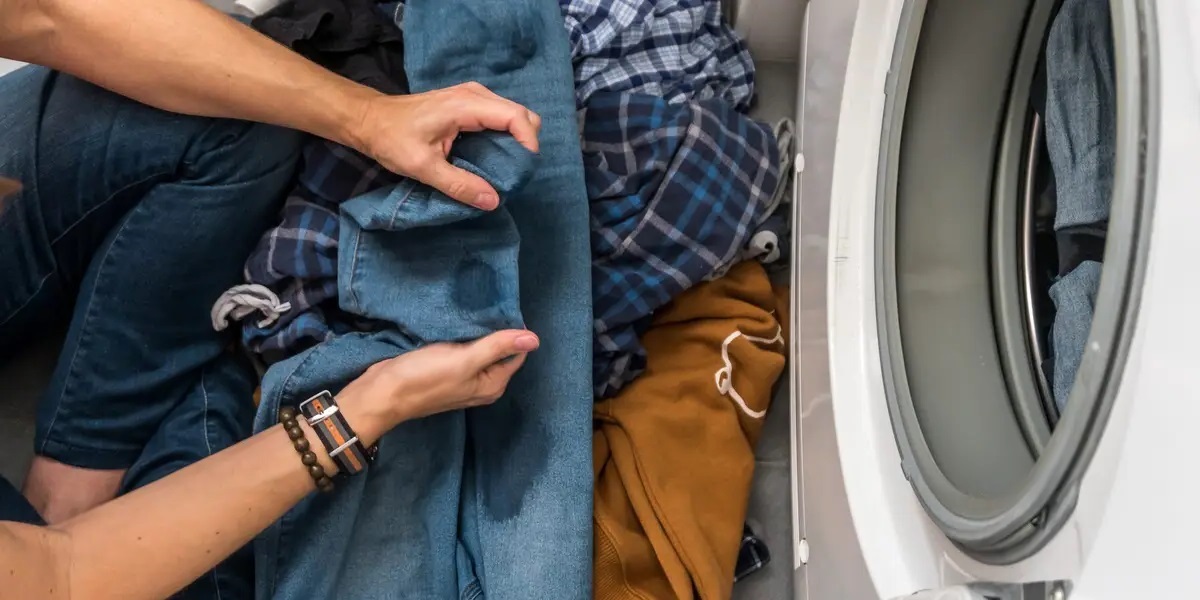
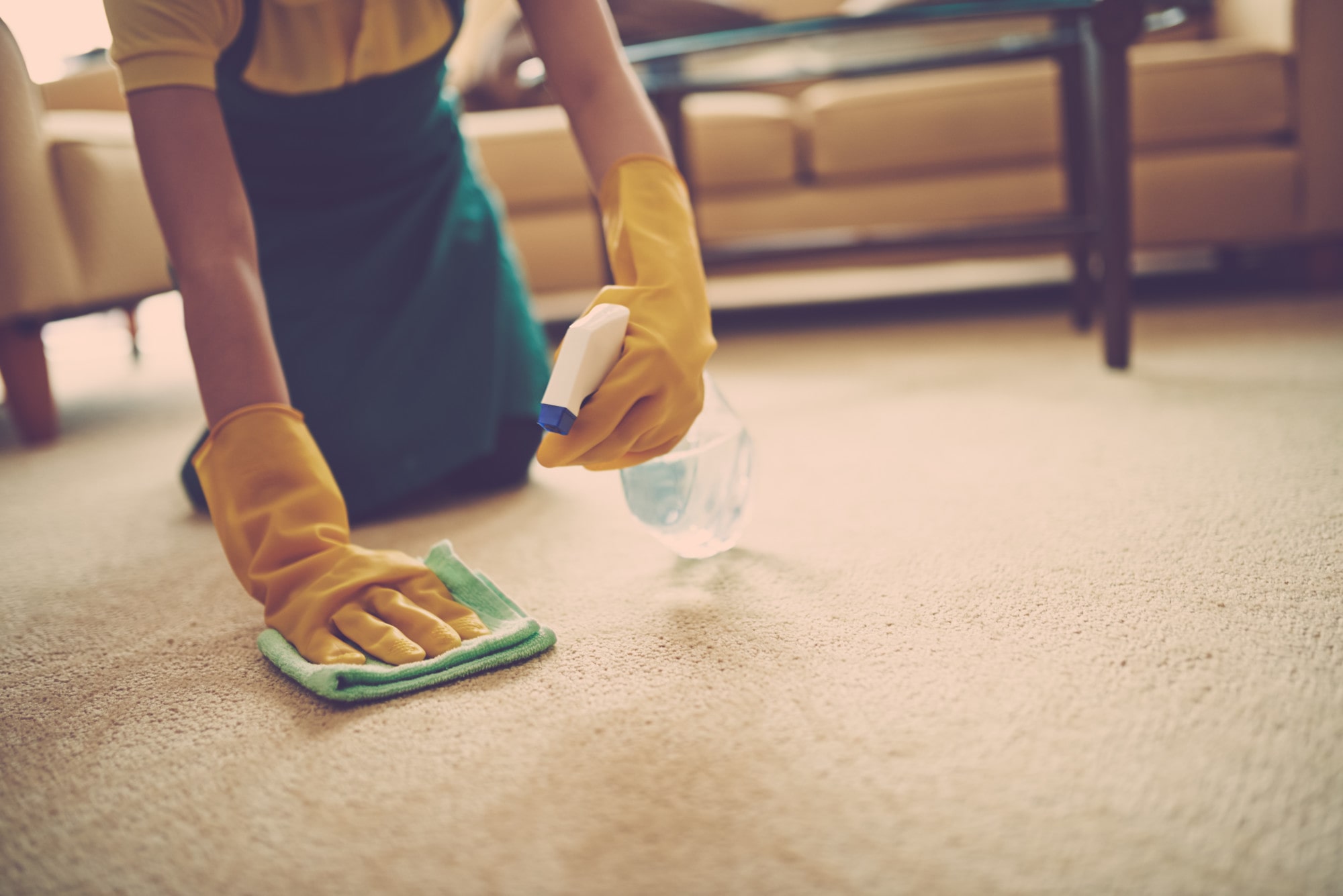
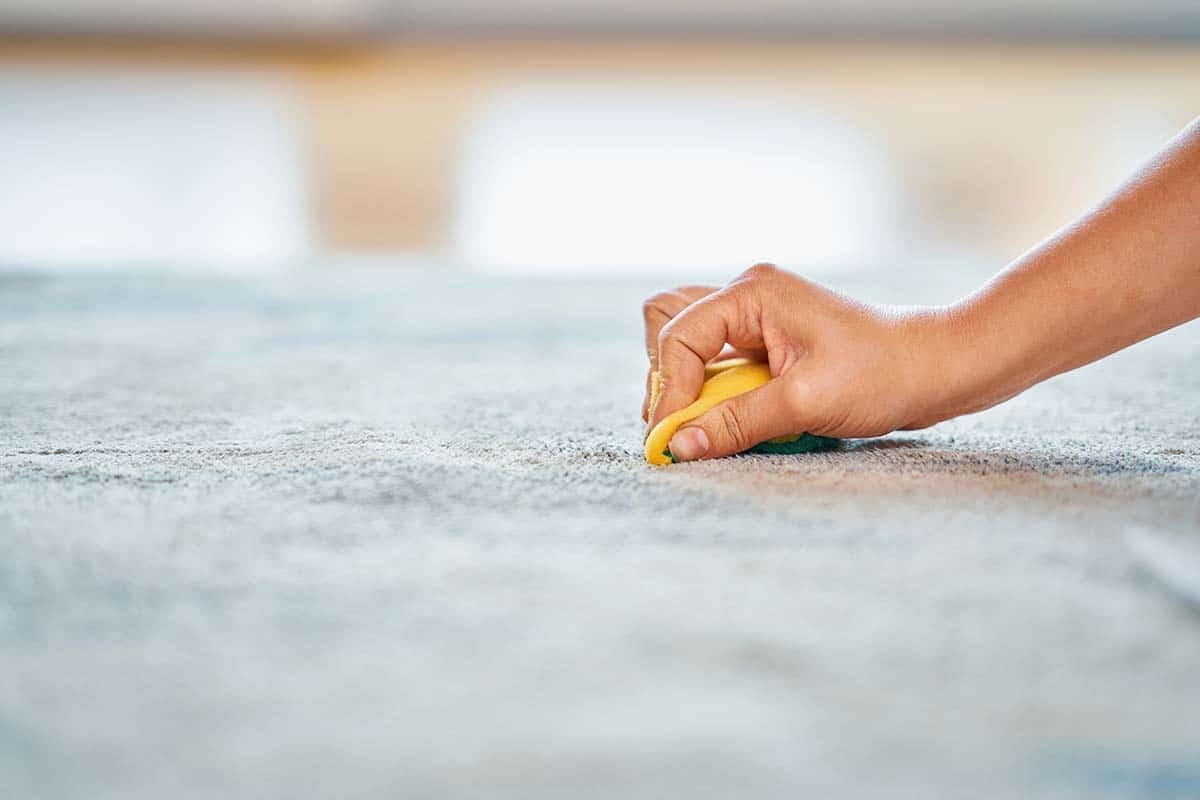
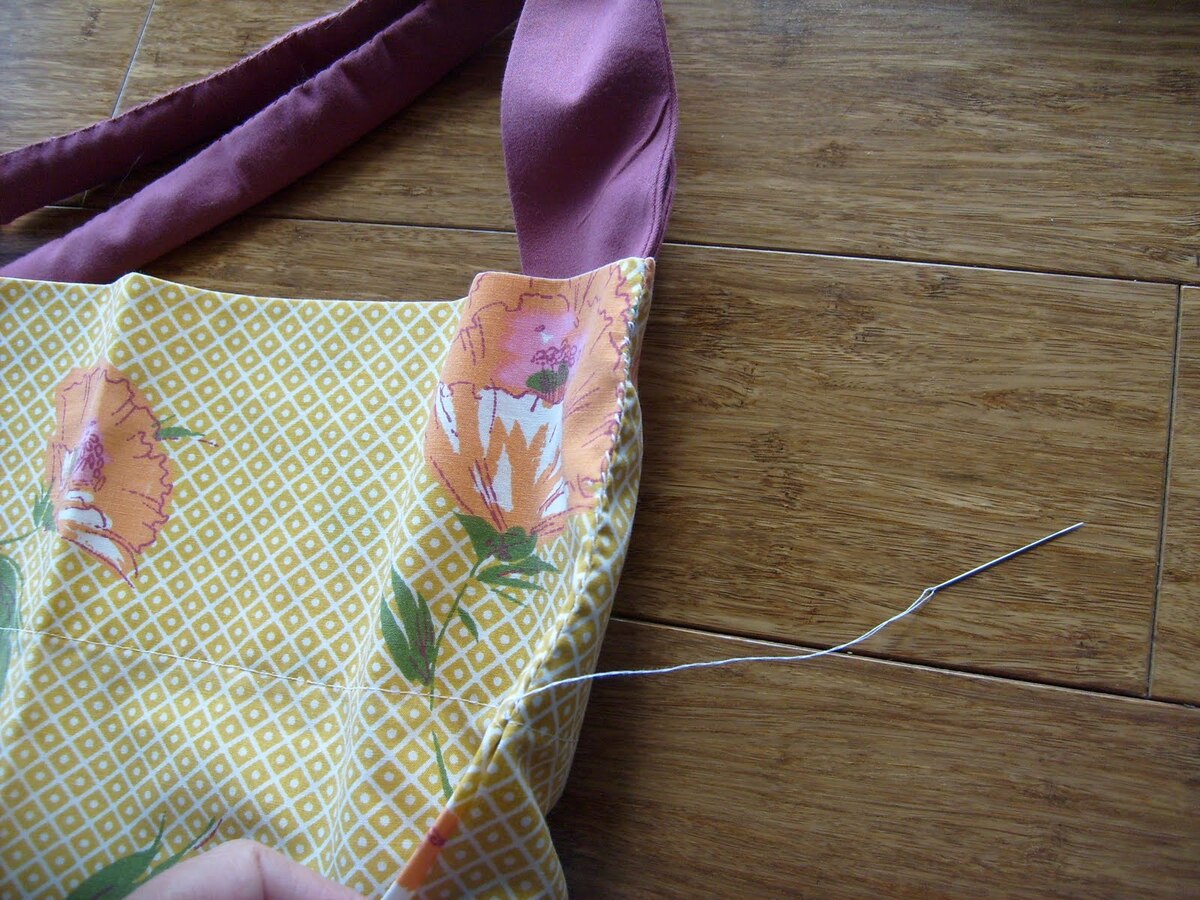
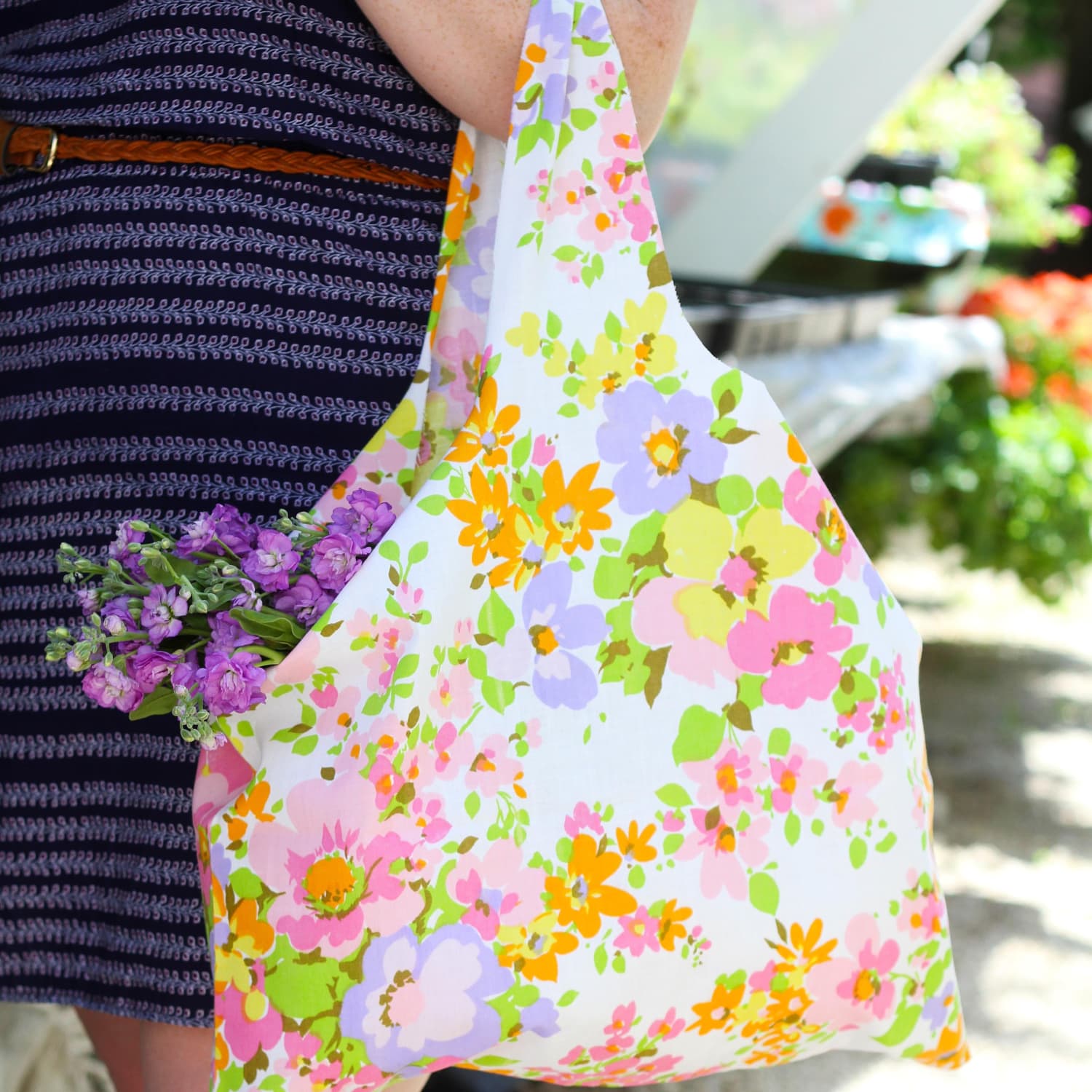
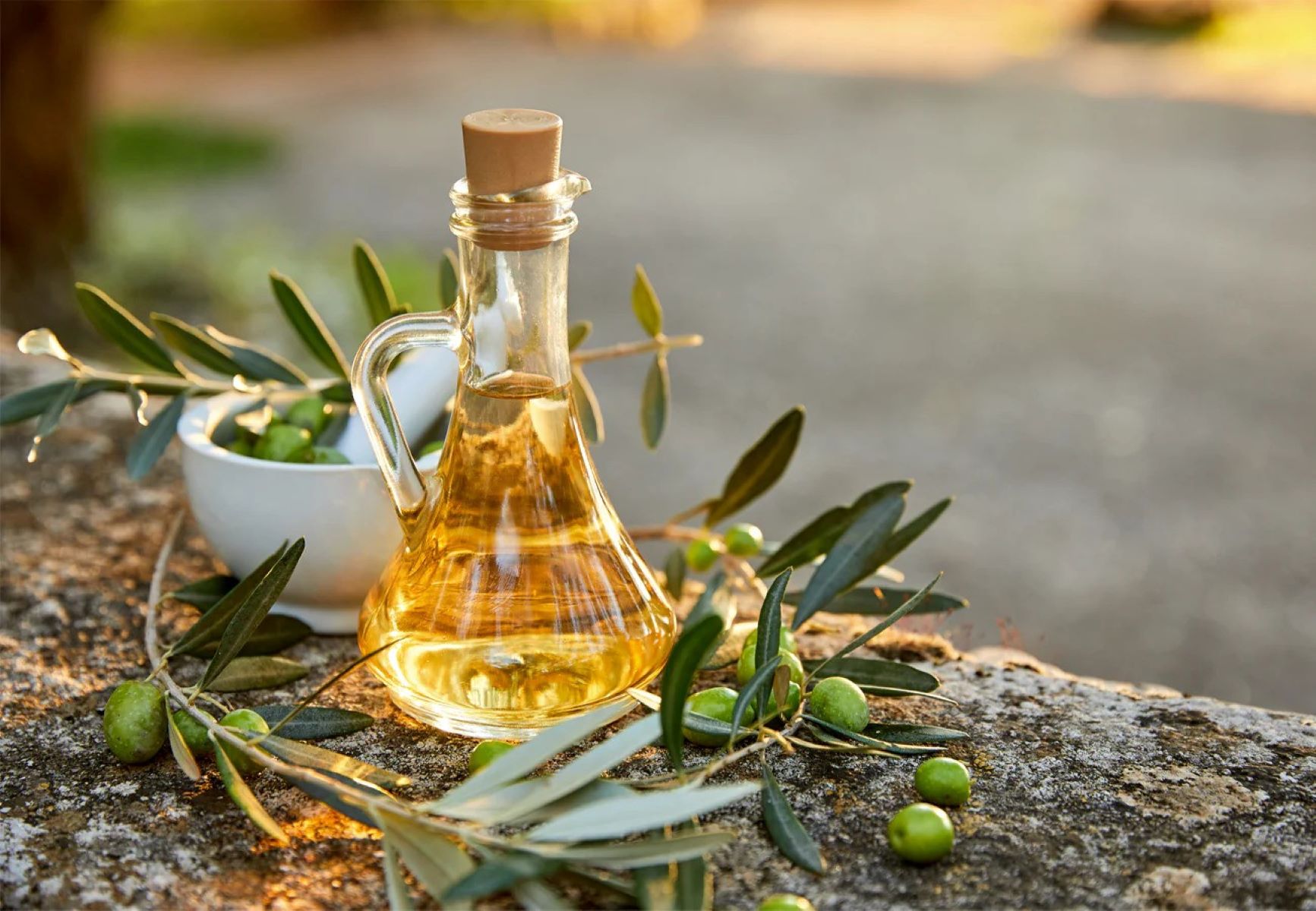

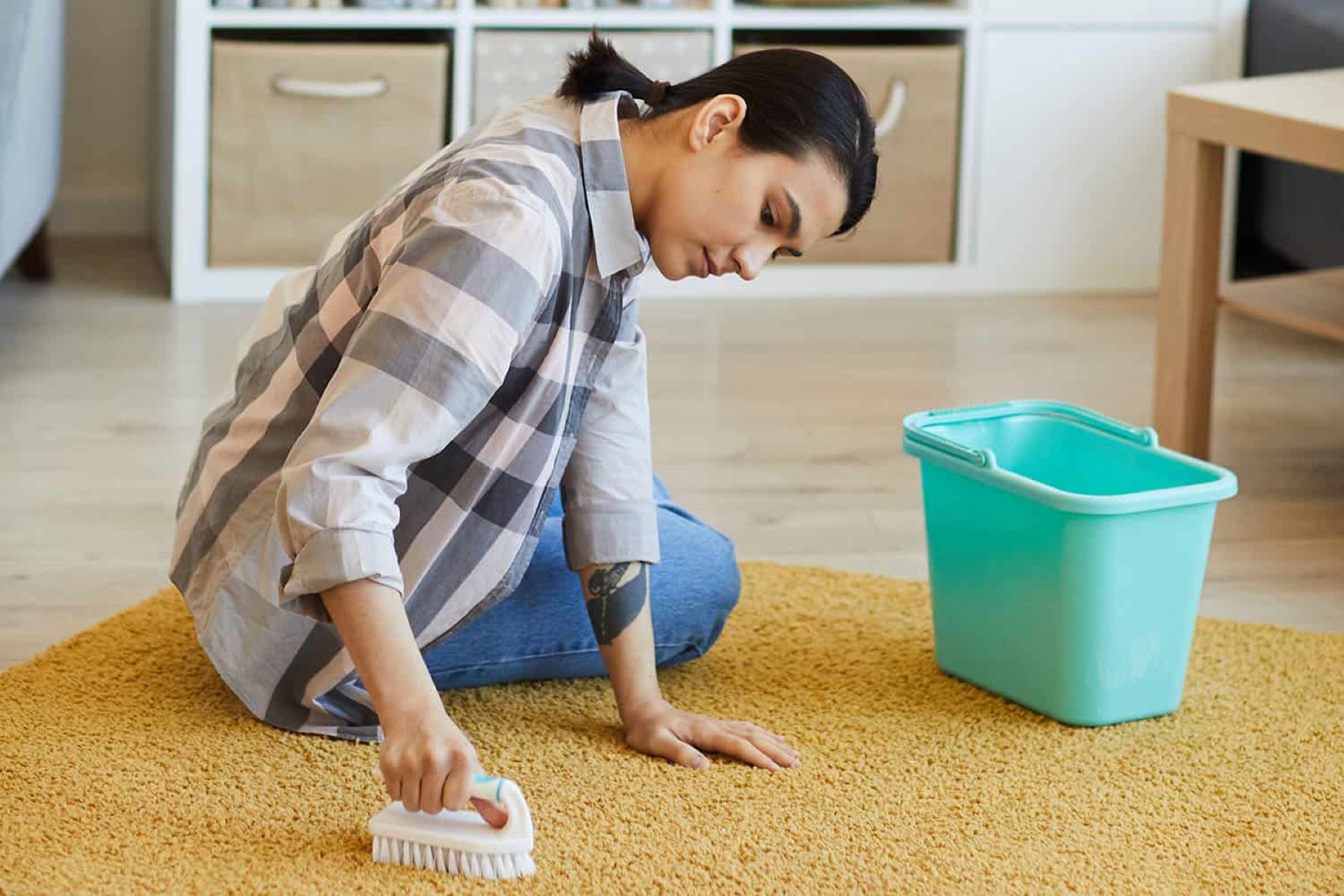
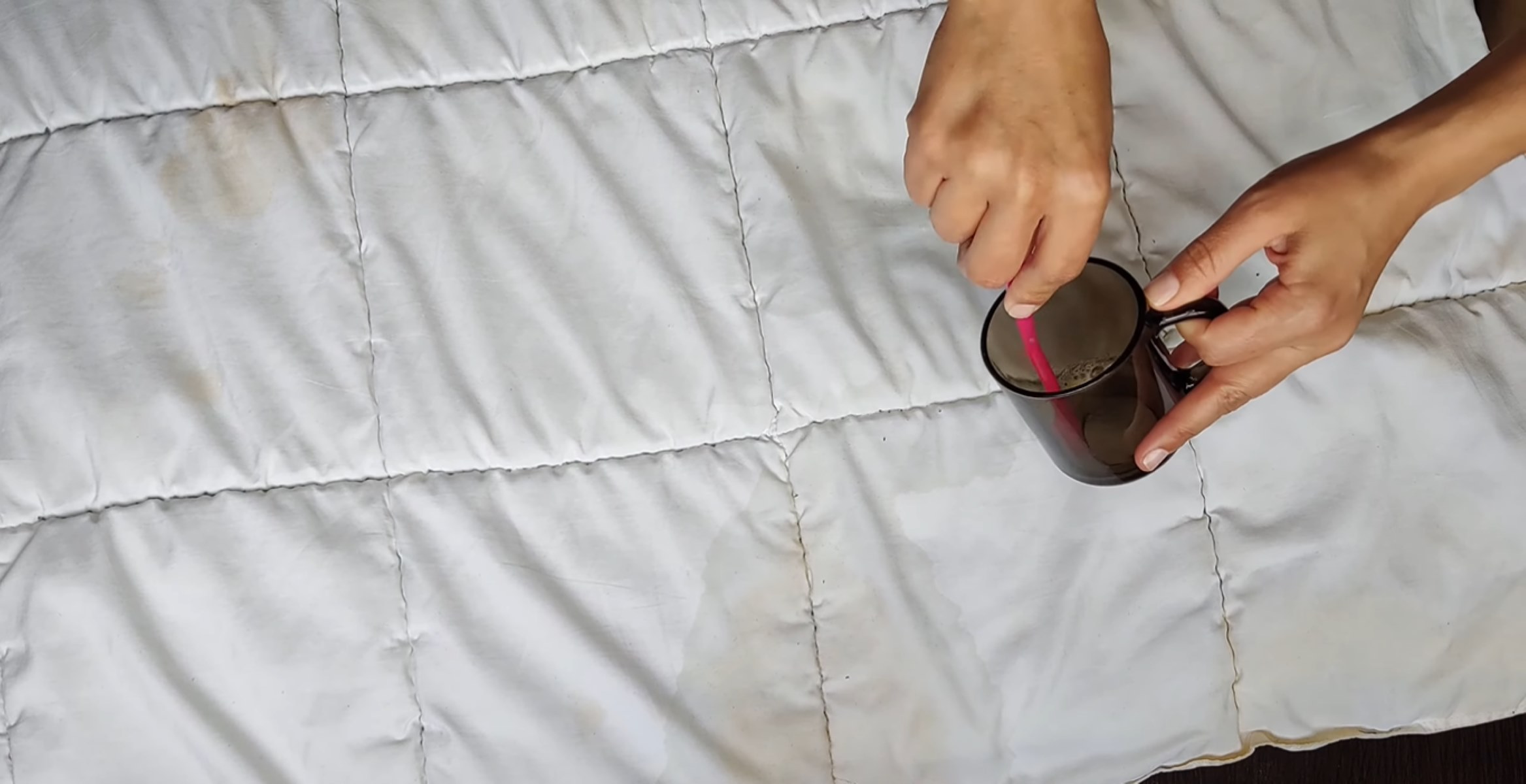
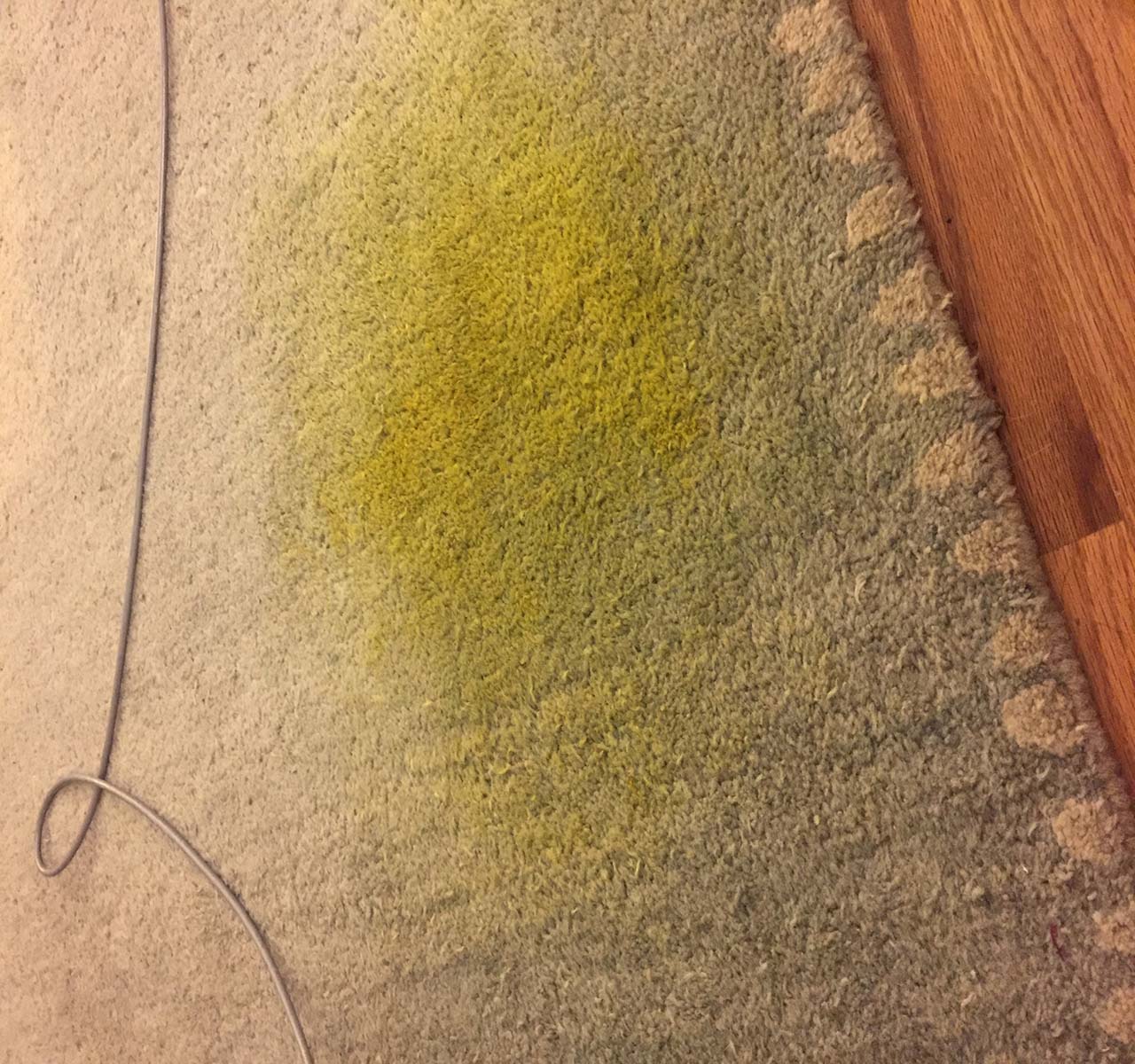

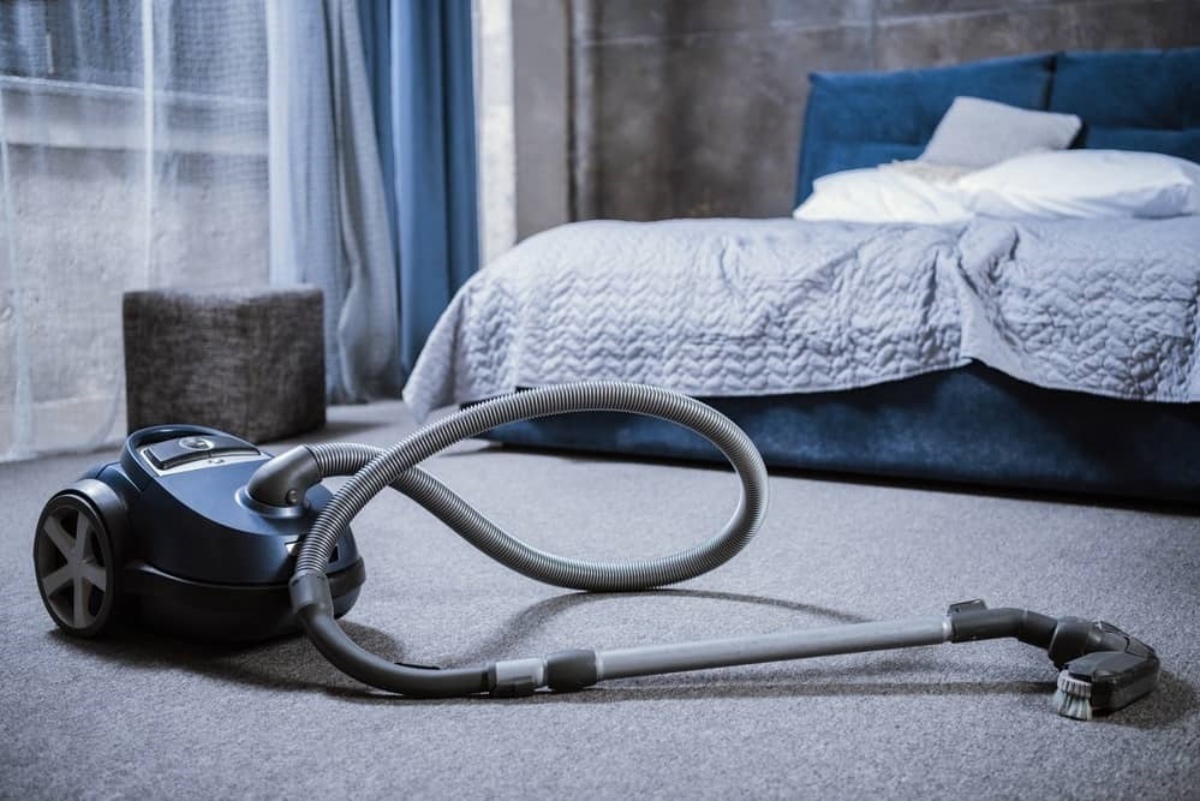


0 thoughts on “How To Get Oil Out Of A Pillowcase”